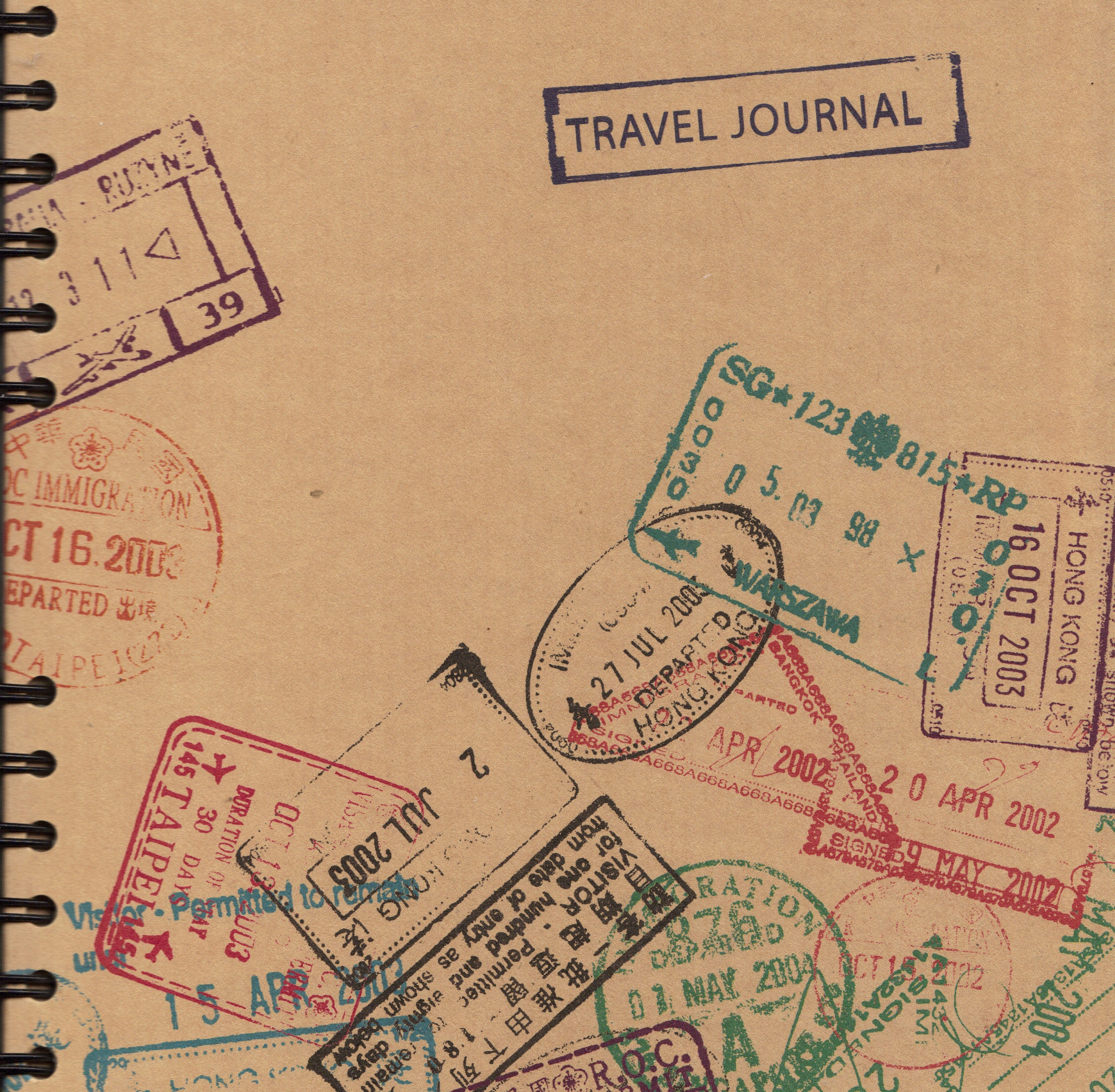
“Don Quixote is the national glory of Spain. No one who does not know that has the right to call himself a Spaniard. There is a monument to him in Madrid…he was our first revolutionary.”, Gerald Brenan – South from Granada
According to the Spanish, that year (2009) Spain had had a longer and colder winter than usual, a fact that had been confirmed by the assessment of the man from the car hire firm and the weather over the previous two weeks had been changeable so it was with some nervousness that I opened the bedroom shutters to see what the day had in store.
I needn’t have worried because the sky was a perfect blue, the birds were singing a sweet tune and the honey coloured stone of the church opposite was radiating deliciously warm mellow tones into the courtyard below and from this elevated position in the town I could see that the blue extended seductively in all directions. I instinctively knew that it was going to be a good day.
Breakfast in the hotel was simple but substantial and after substantial portions of bread, ham and cheese we set off across the great plain of La Mancha in an easterly direction towards the city of Cuenca.
La Mancha is an arid but fertile elevated plateau of central Spain, the largest in the Iberian Peninsula, stretching almost two hundred kilometres between the Montes de Toledo and the western spurs of the Cerros de Cuenca. On average it is six hundred metres above sea level and the climate is continental, but with extreme weather fluctuations. This is one of the most sparsely populated areas of Spain and agriculture is the primary economic activity, principally wheat, barley, oats and vines, but it is severely restricted by the harsh environmental conditions that exist on account of its lack of rainfall, the exposure to wind and sun and by the almost complete absence of trees. In fact years of neglect and lack of investment have created a serious land erosion problem on these dry plains.
I am making it sound dull and unappealing and I must correct that immediately because this was absolutely not the case. Either side of the long straight road there were gently undulating fields with the most attractive colours that rolled rhythmically and desolately away in all directions. Many of the fields were being prepared for this year’s crops and others were lying fallow and this produced a stunning vista of subtle hues and variations of tone; champagne and parchment, butter-milk cream, dusty olive, lavender grey, pheasant copper gold and russet copper red that were almost autumnal all lying crushed under the burden of a vivid blue spring sky.
One of the most interesting crops grown in La Mancha is the autumn crocus, the precious source of the world’s most expensive spice – Saffron, which is harvested from the dried stigma of the flower and is an essential ingredient of a Spanish paella and responsible for giving the dish its distinctive golden yellow appearance. As this was March we obviously didn’t see any autumn crocus on this visit.
After a few kilometres there was a dusty track that left the road and led to the medieval castle of De Haro that was situated in a good position on the top of a hill and we drove to it but up close its condition was not what it seemed from a distance and it was not open to visitors so we retraced our steps and carried on.
Now we were on the ‘Ruta de Don Quixote’ which is the golden thread that binds the Castilian tourist industry together in a ribbon of castles and windmills stretching all the way from Cuenca to Toledo.
Don Quixote is a novel written by the seventeenth century Spanish author Miguel de Cervantes Saavedra and is regarded as the most influential work of literature to emerge from the Spanish Golden Age. It is the story of a man who believes that he is a knight, and recounts his adventures as he rights wrongs, mistakes peasants for princesses, and “tilts at windmills,” mistakenly believing them to be evil giants. As one of the earliest works of modern western literature, it regularly appears high on lists of the greatest works of fiction ever published.
In 2002 a panel of one hundred leading world authors declared Don Quixote to be the best work of fiction ever written, ahead even of works by Shakespeare, Tolstoy and Dostoyevsky. Cervantes has also been credited with shaping modern literary style, and Don Quixote has been acclaimed as “the first great novel of world literature”. Since publication in 1605 it is reputed to be the most widely read and translated book on the planet after the Bible.
I tried to read it once but found it rather heavy going so gave up quite quickly but as we drove along I resolved to have another attempt upon returning home.



